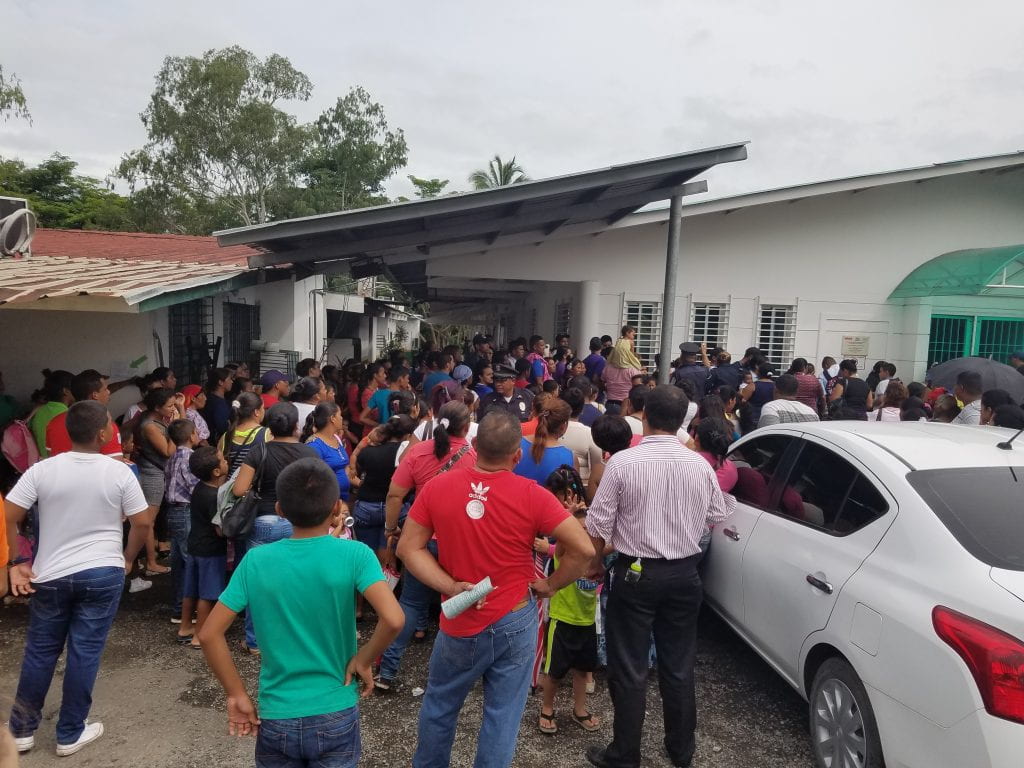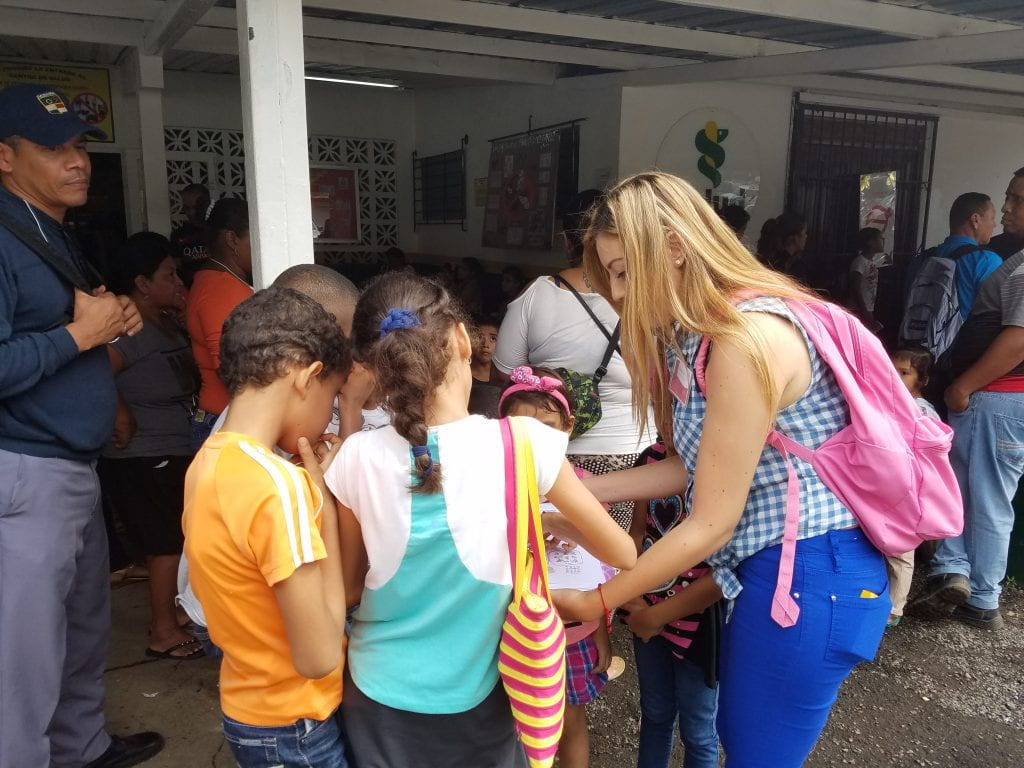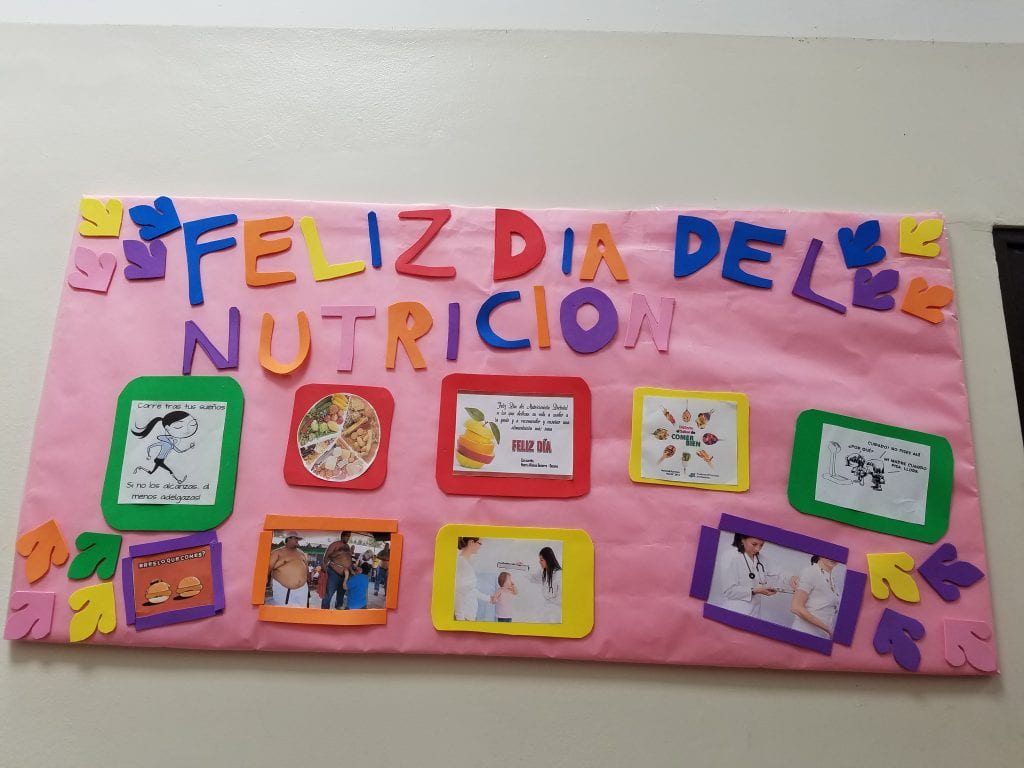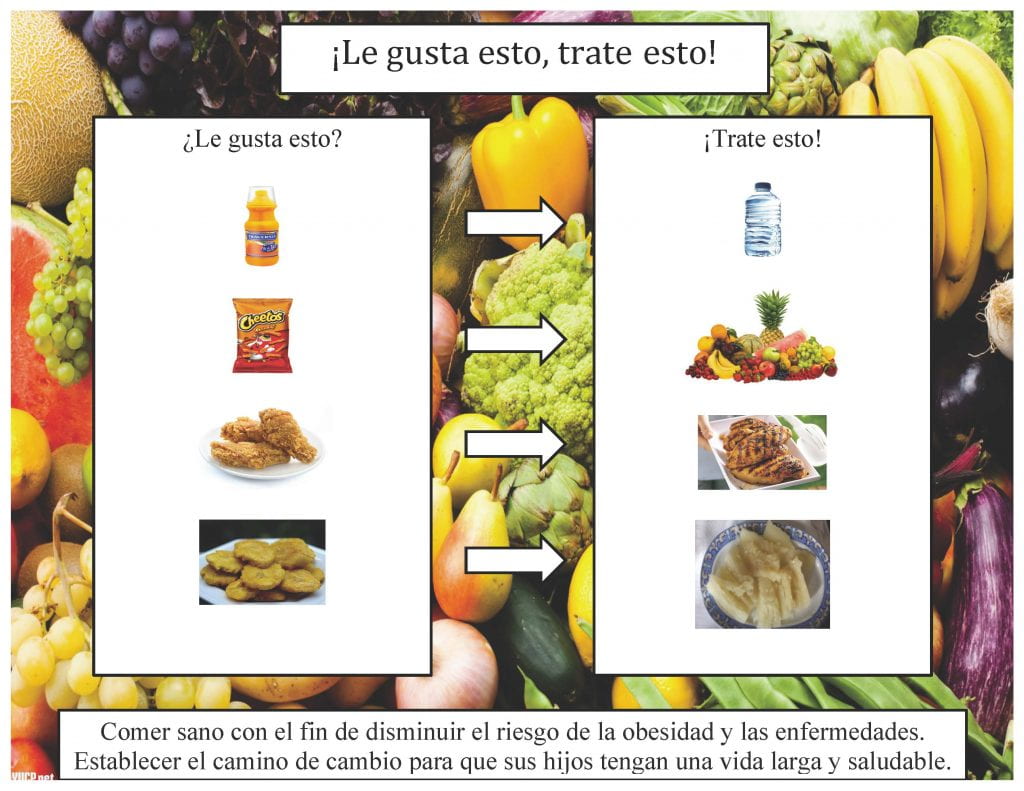Several days after visiting the Embera community and Panama’s Ministry of Health, our group arrived at the clinic in the community of 24 de Diciembre. During the course in Panama, so many moments felt powerful and changed my understanding of health behaviors. For instance, upon our arrivals at the clinic the first week, we were met with huge crowds eagerly waiting to receive flu vaccinations. In response to a flu outbreak in Panama, the president had recommended for everyone to receive the vaccine, not solely at-risk populations. The clinic was packed inside and outside with hundreds of people who had been waiting since before dawn to receive the vaccine. The clinic ran out of vaccines each day; however, the following morning the crowds returned. We could feel the urgency among the families that had made the trek to the clinic. I could not help but reflect on how smooth of a process it is for me to receive my flu vaccine in the United States each year, and took pause at the scene at the clinic as masses of people waited in hopes of receiving their vaccines. Those mornings when we arrived at the clinic and found it packed with parents and children waiting for flu vaccines will forever stand out in my mind.
My research team’s focus was nutrition in the community of 24 de Diciembre. We were interested in understanding more about what families were eating at home and what could be done to improve potentially unhealthy eating. In order to accomplish this, we designed a series of three surveys and interviewed mothers and their children who were waiting for services at the clinic. Our surveys with the mothers asked questions regarding what they ate at home, where they purchased their food, if they grew any food at home, and what their children’s favorite foods were. The mothers consistently stated they consumed rice, chicken, beans, vegetables, and water. Our surveys with the children asked them to circle pictures of the foods they ate the day before. Only 3 of the 30 children interviewed reported eating vegetables, and the majority stated they had consumed fried foods and soda, in addition to rice, chicken, and beans. This discrepancy indicated possible reporting bias from the mothers’ responses to our questions, as they may have provided responses that they thought would be more socially desirable to us. Furthermore, environmental scans of the clinic showed that the nutritionist’s office was in the very back corner of the clinic, removed from the main clinic area, with almost no signage except for a small handmade visual next to the office. Other services provided by the clinic, such as vaccines and smoking cessation programs, had large, professionally made signs hanging in the waiting room.
We decided it would be appropriate to design a poster for the clinic that could be displayed in the waiting area alongside the prominent posters for vaccinations and smoking cessation. Our poster was designed considering literacy levels and availability of food in the community that could still be culturally relevant. The finished version of the poster was presented to the clinic on the last day of our trip.
Nutrition is a passion of mine, and I hope this formative and challenging experience will be a foundation for me to continue to research and understand health behaviors related to nutrition and potential interventions that increase people’s access to and consumption of clean water and healthy, fresh foods. The Panama experience was a uniquely insightful two weeks that changed my understanding of research, working in impoverished communities, and health disparities and behaviors. I am so grateful I was a part of it, and got to collaborate with other students, faculty, and community members of 24 de Diciembre. It was truly that “missing component” of my online graduate studies, and being able to get away from my laptop and online classes and into the real world with other public health professionals was motivational and inspirational. Being able to practice research with guidance was invaluable to me and should yield many benefits in the years to come. I would like to thank USC’s Center for Health Equity in the Americas for the travel award scholarship that made this experience possible for me, and encourage all MPH students to take advantage of this terrific opportunity in the future.




